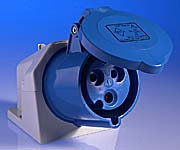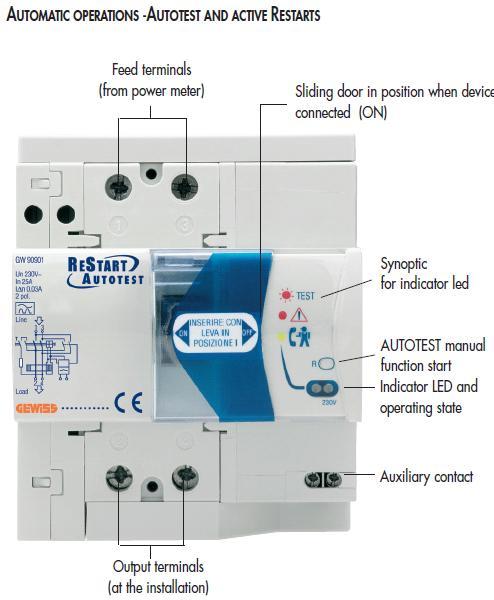I am considering having the existing fuse box (which has the old wire type fuses) replaced by a consumer unit with an RCD. However, I note that the existing system has PME type earthing and it's therefore not clear to me the installing a RCD consumer unit will add much by way of safety, particularly as with a split load unit many of the circuits will be no better protected than at present. Your comments please.
However as I am having an existing mains fed extractor fan in the bathroom replaced by a SELV fan, I assume that I must have a RCD installed in the lighting circuit which feeds the fan. Is this really necessary as the transformer will be outside the bathroom?
Lastly, if I re-thought the whole wiring arrangements and instead fed the SELV transformer and a new low voltage light from an existing socket totally outside the bathroom would this work still come under Part P of the Building Regulations?
However as I am having an existing mains fed extractor fan in the bathroom replaced by a SELV fan, I assume that I must have a RCD installed in the lighting circuit which feeds the fan. Is this really necessary as the transformer will be outside the bathroom?
Lastly, if I re-thought the whole wiring arrangements and instead fed the SELV transformer and a new low voltage light from an existing socket totally outside the bathroom would this work still come under Part P of the Building Regulations?





